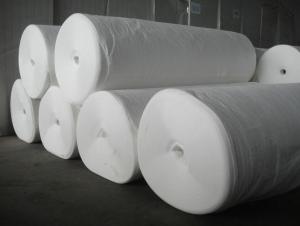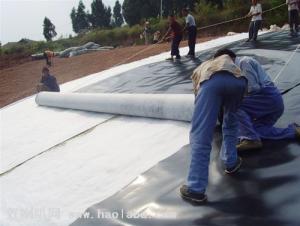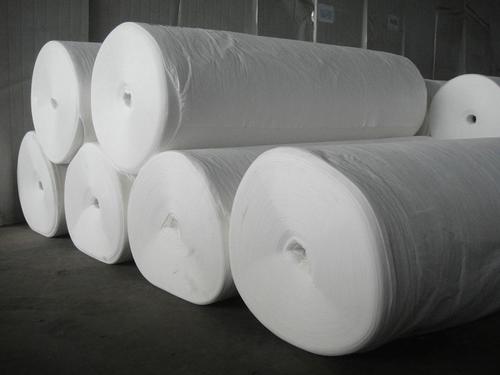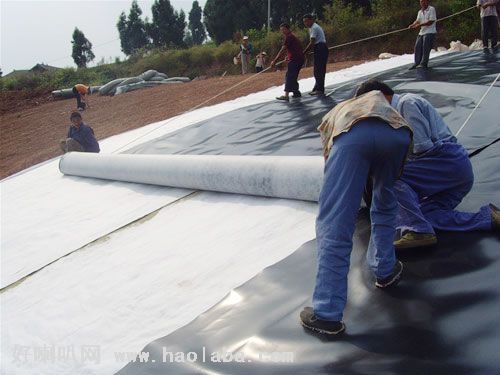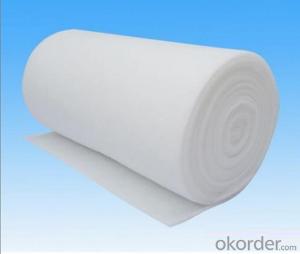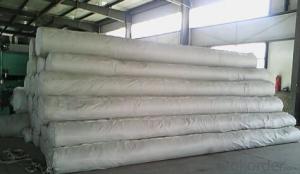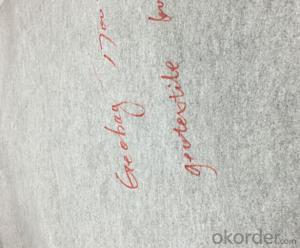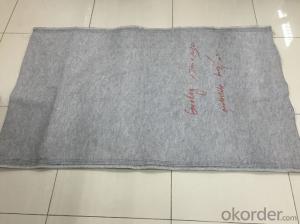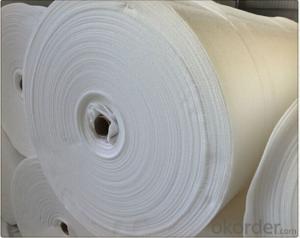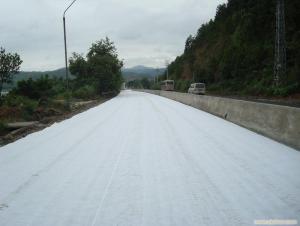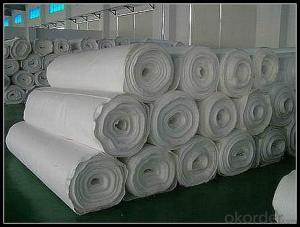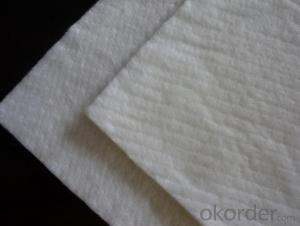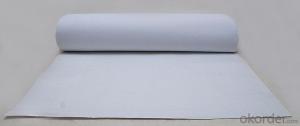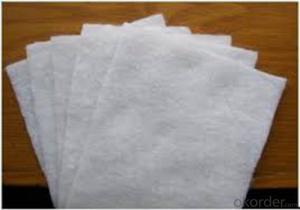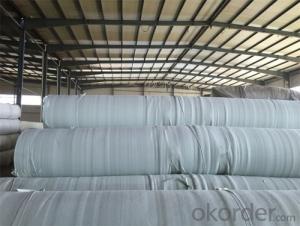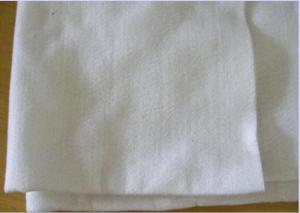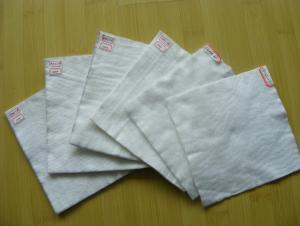L&M Geotextiles Continuous Filament Spunbonded Nonwoven Geotextile for Road and Railway Station
- Loading Port:
- Tianjin
- Payment Terms:
- TT OR LC
- Min Order Qty:
- -
- Supply Capability:
- 5000rolls m²/month
OKorder Service Pledge
OKorder Financial Service
You Might Also Like
Continuous Filament Spunbonded Nonwoven Geotextile forRoad and Railway station
Made from ultrahigh molecular weight polyethylene (UHMW-PE) fiber and PET fiberby nonwoven
Needle punched manufacturing process.
Specification ContinuousFilament Spunbonded Nonwoven Geotextile for Road and Railway station:
1.200G/M2 - 1200G/M2
2lm-6m in roll width, the length as clients ' request
Continuous FilamentSpunbonded Nonwoven Geotextile for Road and Railway station Property:
L. Super high strength, ultralight, high resistance
2. Resistance to chemical erosion, excellent water resistance
3. Abrasion resistant
4. Excellent anti-aging and anti-UV property, good weather fastness
Continuous FilamentSpunbonded Nonwoven Geotextile for Road and Railway station Application:
I. Separation and stabilization in road and railway construction
2. Reinforcement project
- Q: What is geotextile cloth?
- Geogrid, geotextile, geomembrane manufacturers, specializing in the production
- Q: Stone cage slope is the first gravel or the first shop geotextile
- I am geotextile cloth
- Q: Geotextile testing standards
- Staple stitch filament piercing filament woven weaving
- Q: How do geotextiles help with drainage?
- Geotextiles help with drainage by allowing water to flow through them while preventing soil particles from clogging the system. They act as a filter, preventing the fine soil particles from entering the drainage system and causing blockages, thus improving the overall effectiveness and longevity of the drainage system.
- Q: How do geotextiles contribute to the stability of road embankments?
- Geotextiles contribute to the stability of road embankments by providing reinforcement and separation between soil layers. They act as a barrier, preventing the mixing of different soil types and enhancing the load-bearing capacity of the embankment. This helps to distribute the applied loads more evenly, reducing settlement and potential failure. Additionally, geotextiles improve drainage and prevent the loss of soil particles, reducing the risk of erosion and maintaining the embankment's integrity over time.
- Q: Geotextile manufacturers are what industry
- Petrochemical! Raw materials are all extracted from the oil out of the glial particles!
- Q: Can geotextiles be used for reinforcement of railway embankments?
- Yes, geotextiles can be used for reinforcement of railway embankments. Geotextiles can provide stability and strength to the embankments by distributing loads, improving soil retention, reducing soil erosion, and enhancing drainage. Additionally, they can help prevent deformation and settlement, increasing the overall durability and lifespan of the embankments.
- Q: Can geotextiles be used in coastal erosion control in beach nourishment projects?
- Yes, geotextiles can be used in coastal erosion control in beach nourishment projects. Geotextiles are permeable fabrics that can act as a filter and reinforcement, helping to stabilize the sand and prevent erosion. They can be used as a protective layer between the beach sediment and the underlying soil, preventing sand washout and promoting beach stability. Geotextiles are commonly employed in beach nourishment projects to enhance coastal resilience and mitigate erosion.
- Q: Geotextile with glue can stick cement wall
- There is a professional ks glue, I was the manufacturer
- Q: Where to sell black geotextile prices
- Those who produce geotextile manufacturers are selling black geotextile. Black geotextile according to the use of a lot of specifications, the price difference is very large. The weight per square meter between about 50-1000g grams, the weight of different unit price is different, the inquiry directly asked how much money per ton. According to the use of distinction between the current market price per ton price between 5,000 yuan - yuan. For the conservation, isolation, insulation of the geotextile the cheapest. In the 5000 yuan / ton between. For the filter, soft base treatment, slope protection, reinforced decoration, and other purposes of the black geotextile most expensive in - yuan / ton. The same black color, but different uses, production processes and production costs are not the same.
Send your message to us
L&M Geotextiles Continuous Filament Spunbonded Nonwoven Geotextile for Road and Railway Station
- Loading Port:
- Tianjin
- Payment Terms:
- TT OR LC
- Min Order Qty:
- -
- Supply Capability:
- 5000rolls m²/month
OKorder Service Pledge
OKorder Financial Service
Similar products
Hot products
Hot Searches
Related keywords
